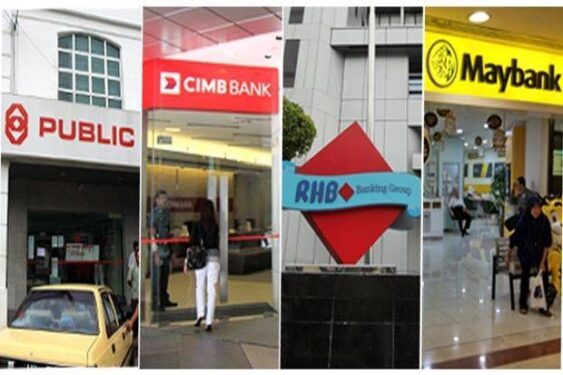SET against the recent banking crisis in the US and Europe, Bank Negara Malaysia’s (BNM) ‘extremely conservative’ updated stress test has demonstrated that the country’s banking system can stomach adverse shocks.
Despite the tightening global financial conditions, withdrawal of regulatory flexibilities provided during the pandemic, and recent banking stress in the US and Europe, the Malaysian banking system has stayed supportive of intermediation activities.
This is thanks to ample capital and liquidity buffers comprising (i) strong Common Equity Tier 1 capital (CET1) ratio of 15.0% (2021: 15.5%), (ii) robust Liquidity Coverage Ratio (LCR) of 154% (2021: 153%), and (iii) Net Stable Funding Ratio (NSFR) of 118% (2021: 116%).
“Besides, we are comforted by BNM’s updated stress test results which employs ‘extremely conservative’ assumptions to assess banks’ resiliency to adverse shocks,” justified Hong Leong Investment Bank (HLIB) Research analyst Chan Jit Hoong in a banking sector update.
“We find that even if CY2025 gross impaired loan (GIL) ratio climb to 7.7% from 2.1% in CY2022, CET1 ratio is estimated to decline to only 12.8% from 14.7%; this is still way above the regulatory minima of 4.5%.”
Added the research house: “Also, there are significant provisions build-up to date (1.7% of total loans; 2018-2019 average: 1.4%), helping banks to insulate against future credit losses.”

For the record, BNM published its 2H 2022 Financial Stability Review Report yesterday (March 29) following which HLIB Research has collated the key highlights which are relevant to the banking sector.
Elsewhere, household (HH) borrowers still in good shape, observed HLIB Research, with total HH debt-to-GDP (gross domestic product) fell to 81.2% (2021: 89.1%), thanks to quicker GDP growth.
“We (further) note that HHs were still borrowing within their means where the median debt service ratio for outstanding/new loans are 37%/43% respectively (2021: 35%/44%).”
Meanwhile, the business segment is deemed resilient with interest coverage ratio having fallen to 6.0 times (2021: 7.2 times), debt-to-equity ratio decreased to 20.9% (2021: 22.5%) and the cash-to-short-term-debt ratio nudged up to 1.5 times (2021: 1.4 times).
“That said, the share of firms-at-risk climbed marginally to 25.1% (2021: 24.7%) and it remained above pre-pandemic levels (2015-19 average: 20.4%), but beneath 3Q 2020’s peak of 30.4%,” observed HLIB Research.
As of end December 2022, 5.6% and 6.3% of outstanding SME (small medium enterprise) and non-SME loans were under repayment assistance (RA), improving from 30.9% and 22.1% respectively in December 2021.
“Moreover, we understand only 0.9% of SME borrowers who have exited RA fell behind repayment,” noted the research house.
All-in-all, HLIB Research sees buying opportunity on bank stocks upon their weakness in the wake of the recent market slum prompted by irrational fear-driven selling as “fundamentally speaking, nothing has drastically changed or deteriorated”.
“We advocate to employ a more trading-oriented strategy and expect appetite for banks to come back, spurred by (i) inexpensive valuations; (ii) appealing dividend yield; and (iii) undervalued ringgit luring foreign investors back to Malaysian market,” projected the research house.
“We have five ‘buy’ calls under our coverage, namely (i) Public Bank Bhd (TP: RM4.80); (ii) RHB Bank Bhd (TP: RM6.60); (iii) AMMB Holdings Bhd (TP: RM4.35); (iv) Alliance Bank Malaysia Bhd (TP: RM4.15); and (v) Bank Islam Malaysia Bhd (TP: RM3.00).” – March 30, 2023










